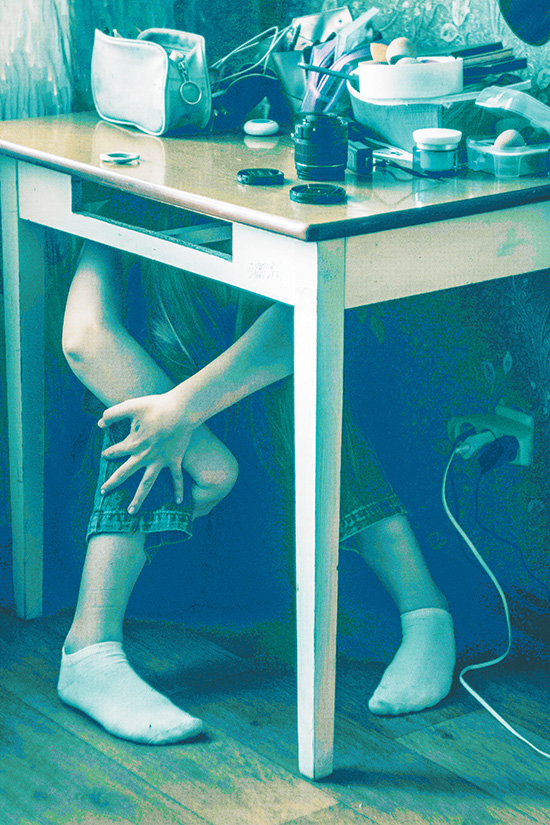On what was supposed to be a typical Monday morning, July 27 became a day to remember for the people of Abra and other parts of Northern Luzon after a powerful earthquake struck and damaged houses and buildings, including heritage sites and centuries-old churches, and injured and claimed the lives of many.
With a magnitude of 7.0 and over 2,200 aftershocks, as reported by the Philippine Institute of Volcanology and Seismology, the earthquake had such strong effects that it was felt from the nation’s capital of Manila, more than 250 miles away from Abra.
Earthquakes happen without warning. The intensity and effects are unpredictable and we do not know when the next calamity will strike. However, we can still take steps to prepare.
Local government units and agencies are not the only ones who can work on disaster preparedness and resilience for future earthquakes.
Earthquake readiness can start at home with your family. Here is what you need to know to start an earthquake preparedness plan, just in case another one strikes.
Check for possible hazards at home. Earthquakes are sudden and always come without warning. It might potentially injure your family members if you do not identify the potential hazards in your home.

Examine your home and secure anything that might fall or move during an earthquake. Make sure that shelves are fastened securely on walls and heavy objects such as the television and bookcases, are placed in lower parts of the room. Fragile items such as bottled food and glass should be placed in low, closed cabinets.
On the other hand, hanging mirrors and pictures should be away from beds, couches, and other places where people sit. Any structural defects such as deep cracks in ceilings or foundations should be repaired immediately.
Identify a safe place where you can temporarily take shelter. Duck, cover, and hold. We’re taught to do this when an earthquake hits. But where is the best place to take cover?
Heavy pieces of furniture, such as a long desk or table, can be sturdy enough to protect you from the falling debris caused by the quake. You can also flatten yourself or crouch against an interior wall.

Avoid parts of the home where glass might shatter, specifically near windows, mirrors, and framed pictures. Also, stay away from large bookcases or any large furniture that might fall over.
Always have disaster supplies ready. Having a disaster supply kit will get you through the aftermath of an earthquake and any calamity. After a quake, electricity, water, and food might not be available in your area so it will be helpful for you and your family to have some supplies stashed away to tide you over for a few days.
In your kit, you should have emergency food and water that will last for several days. You should also have a can opener, a flashlight, a battery-operated radio, and tons of extra batteries. Make sure to include a first aid kit, essential medicines, and a good amount of cash in your disaster supply kit.
Lastly, a small fire extinguisher can be of great help when you encounter fires during an earthquake. A whistle, on the other hand, might be useful if you are stranded and in need of assistance.
Make an emergency family communication plan. During an earthquake, there might be chances that you are away from your family member. You can be at home while others are at work or at school.
An emergency family communication plan is key just in case family members are separated during the calamity. You can start by having an out-of-town emergency contact—a relative or a friend who is miles away from your house.
He/she/they will be the central point of contact for all family members just in case an earthquake takes place in your town. They will be responsible for informing all family members of each other’s whereabouts. Make sure everyone in your family knows about this.
You should also consider an emergency meeting place. Once you discover your family’s whereabouts through your emergency contact, go to the meeting place when it is safe and accessible. This should be part of your planned emergency communications plan.
Educate yourself and your family. Contact your local Disaster Risk Reduction and Management in your municipality to know more about what to prepare when an earthquake strikes.
Teach all family members what number to call and which radio station to tune in to when a calamity strikes. Lastly, teach them how and when to turn off gas, electricity, and water as it may be a hazard when left turned on during an earthquake.
